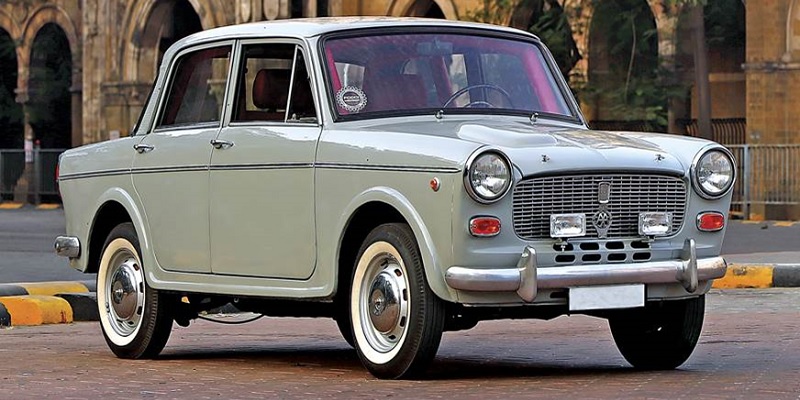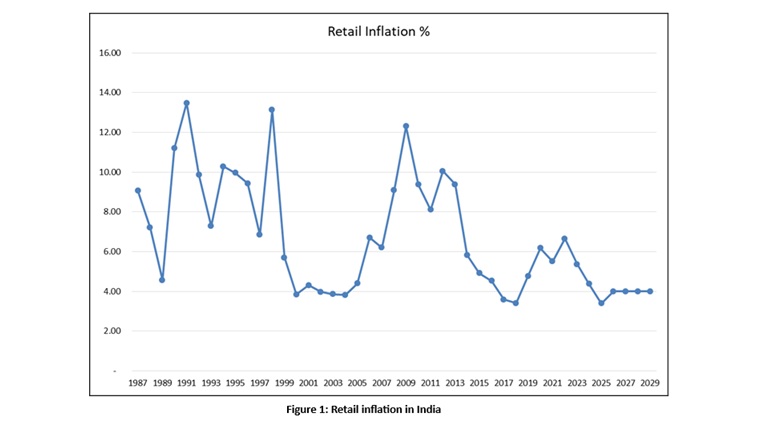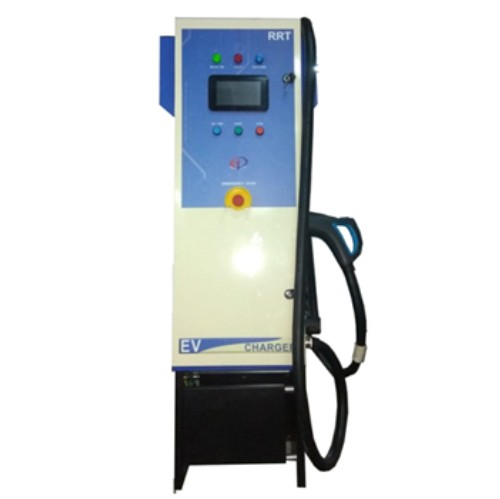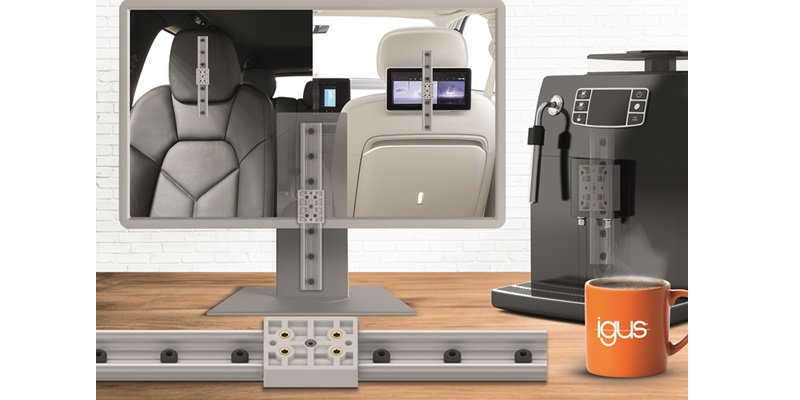Schedule a Call Back
Indian auto industry is coming of age
 Articles
Articles- Feb 12,24

Related Stories

India is among EPLAN’s fastest-growing markets: Haluk Menderes
In this interview with Rakesh Rao, Haluk Menderes, MD, EPLAN GmbH & Co KG, discusses the global engineering trends, how Indian companies can be ready for the next level of engineering automation, an..
Read more
Suzuki, Maruti to establish Osamu Suzuki Centre of Excellence in India
The centre aims to uphold Suzuki’s legacy of promoting efficiency, fairness, and inclusivity in manufacturing.
Read more
The close link between infrastructure development and inflation in India
The improvements in the infrastructure sector due to higher capital spends by the Government of India (GoI) have helped in controlling the inflation, says R Jayaraman.
Read moreRelated Products
Tata Motors unveils facilities for development of Hydrogen propulsion tech
Tata Motors, India?s largest automobile company, unveiled two state-of-the-art & new-age R&D facilities for meeting its mission of offering sustainable mobility solutions. The unveilings constitute of Read more
Tata Motors plans petrol powertrain for Harrier and Safari SUVs
Tata Motors is in the process of developing a new petrol powertrain for its premium sports utility vehicles, the Harrier and Safari, as confirmed by a senior company official. Currently, these models Read more

Electric Vehicle Charger
RRT Electro is engaged in manufacturing of customized Power Electronic Products over two decades having capability to Design, Develop, Prototyping, Regulatory Compliance testing & Certification, Manuf Read more













